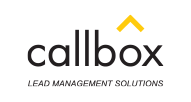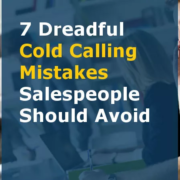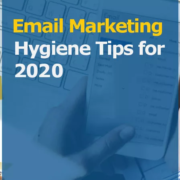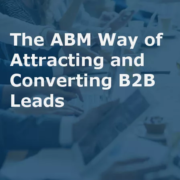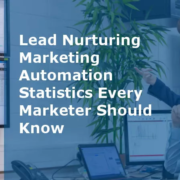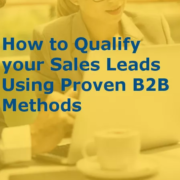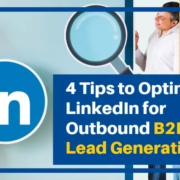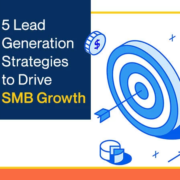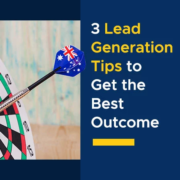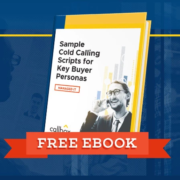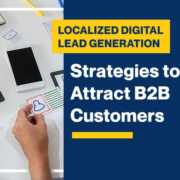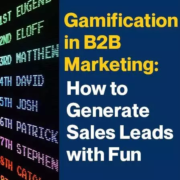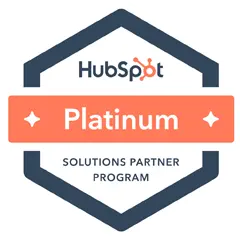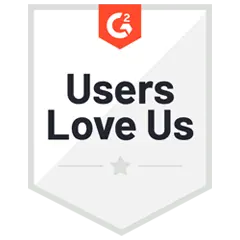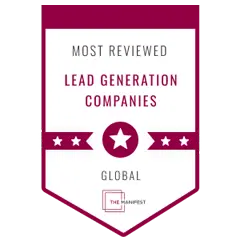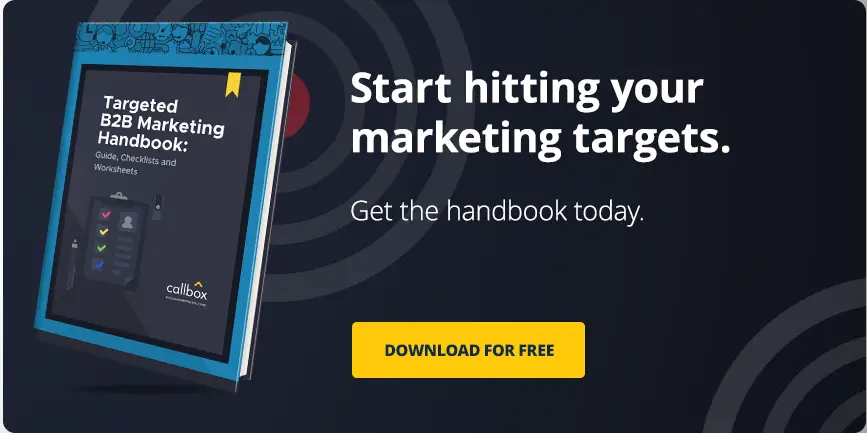7 Dreadful Cold Calling Mistakes Salespeople Should Avoid
Cold calling will still remain as one of the most-effective and personal ways of communicating to a prospective client. Whether you are contacting a client or running into a gatekeeper, there is still a couple of roadblocks that you can run into.
These might be common but they can be deadly to your sales appointment setting pitch.
However, we’ve got you and in this article, we’ll talk about what you can do in order to avoid the common pitfalls of cold calling.
The First 8 Seconds of the Call
Like an elevator pitch, the first 8 seconds of the call will determine if you’re worth devoting a couple of extra minutes to and you’ve got to understand that a simple: “good day!” just does not cut it anymore. More often than not, this automatically tells the person you are calling that you’re from a sales team who needs to make some sort of quota.
Start your pitch with something fresh and new.
If you sound like the rest, then you’ll get treated like the rest.
Reading Off of a Script
There is no harm in making a couple of notes or setting goals for a call, but if you were to read from a script in every single call, you’ll probably just mumble your spiel out by the end of the hour. Also, the recipients of the call will know that you are reading from a script and it shows the lack of effort to get to know the company and how you can adapt and meet their needs.
Choosing The Wrong Time to Call
We like picking up the phone at either 10 am or 2 pm because it’s either you’ve settled into the office or are ready to talk to people after lunch. However, do not fall into this trap. Since you like calling at this time, your competitors will most likely want to do so as well. This means everyone is in competition to get to a DMU. You want to be able to differentiate.
Your prospects already know its sales hour so they could be a little more defensive, too.
Pitching vs Discussing
Sometimes we have to stop pitching and start discussing how you can help a company. There’s a reason they are still talking to you and maybe it is because of a particular point that they have. Companies do not need additional products or services to help them out but rather they need answers to the questions that they have.
Not Maintaining Your Focus
A bad phone call gets you down, we get it. However, doesn’t a good phone call and prospective sale do the opposite for you? At the end of the day, bad, good or neutral phone calls cannot have an effect on your focus because it carries over to the next call that you will be making.
You need to be able to maintain a consistency in the composure that you will be projecting to every single person that you speak to during a cold call barrage.
Talking > Listening
This is a common issue in normal everyday conversations and it’s even worse if you carry it over to your cold call strategy. Listening allows you to be able to understand what the prospect actually needs from you and this usually equals into better outputs.
Just as we have mentioned earlier, a lot of us want to be able to pitch our products but it is through the listening that we get to know what kind of prospect the person you are talking to is. It also makes you appear to be more human because you have taken the time to get to know a person in-depth.
The more we listen, the more effective communicators we become.
No Cold Call Call-to-Action
Just as it is on a website, you really need a call-to-action at the end of the phone call. This allows you to be able to speak with the prospect again and start negotiating a sale.
However, it is also helpful in other cases, let’s say the prospect has no use for the product but you would like to check on them again because it seems as if they will have a need for another product under your brand in the near future, this allows you to set a schedule and it doesn’t waste the time that you have.
Next time you have to call them; you do not have to worry about gatekeepers as they will be expecting your call in any case.
Do not fall victim to any one of these issues that you could get with cold-calling because even expert salespeople find themselves falling over these pitfalls every now and then. Efficient systems and strategies for cold calling make for a much easier time in getting your pitch across to your leads.
